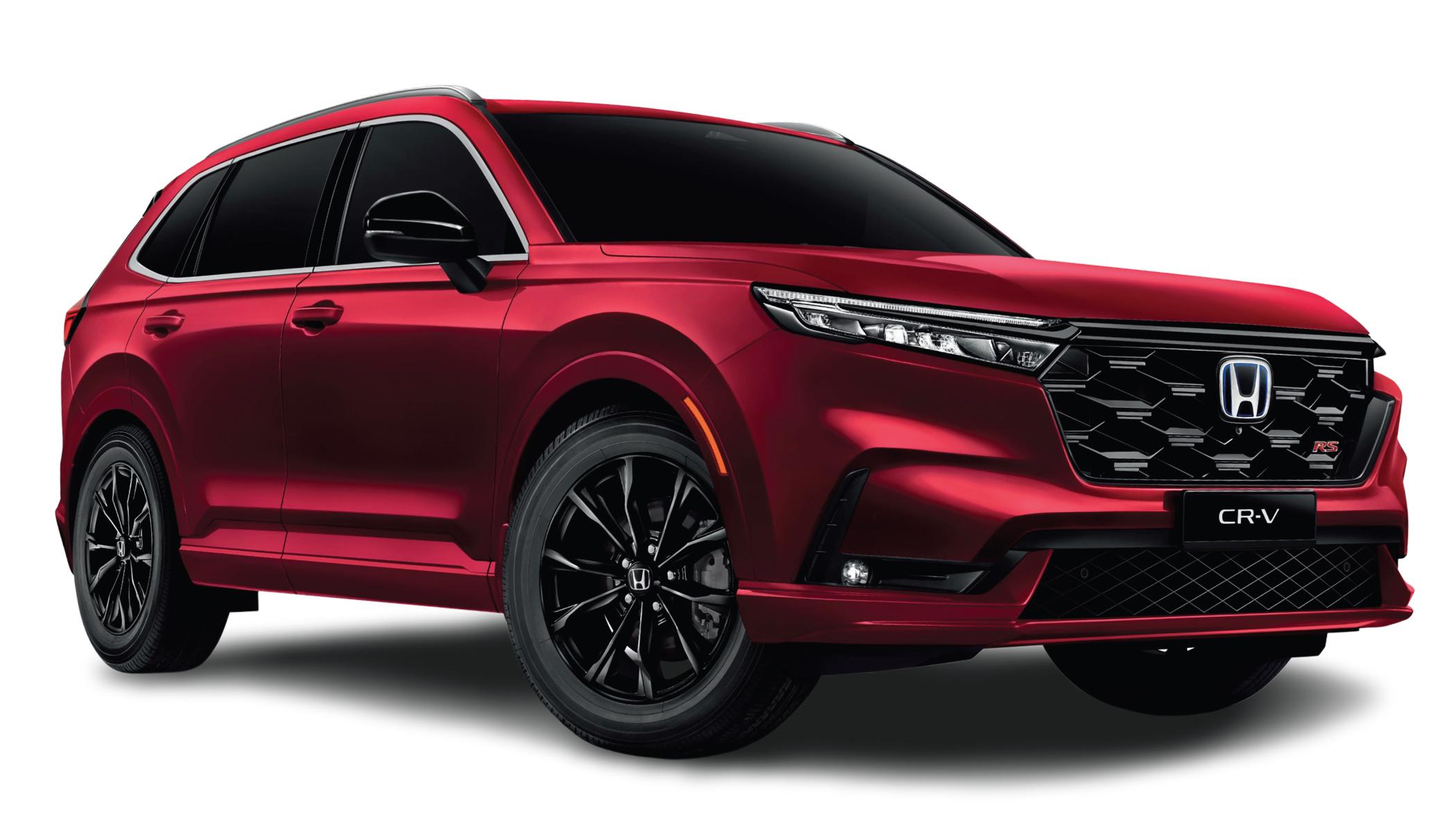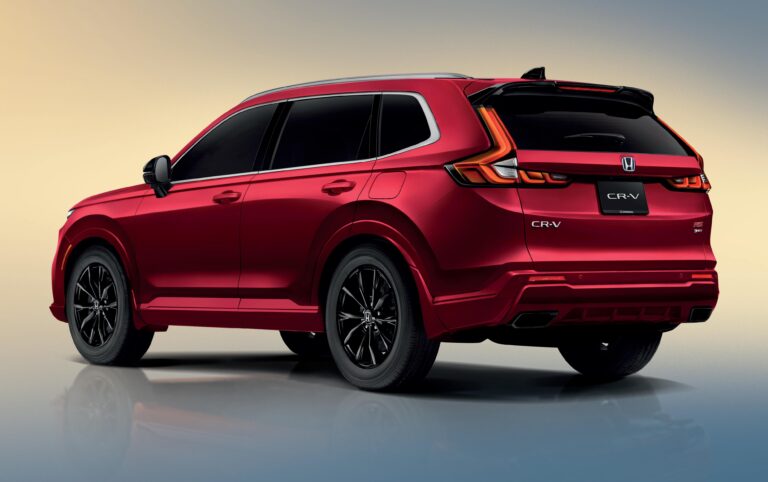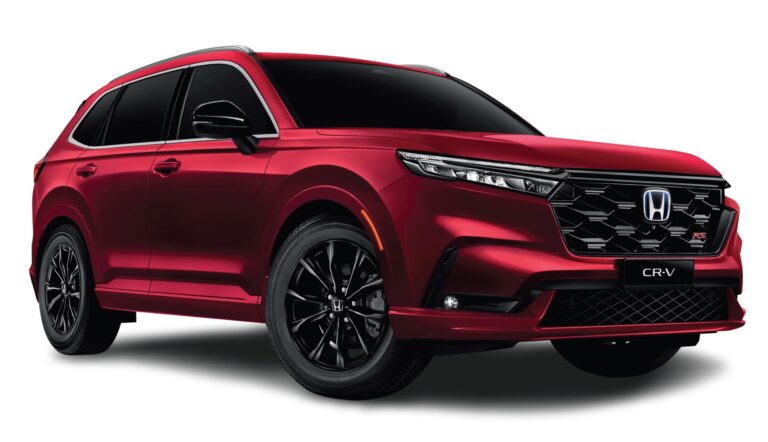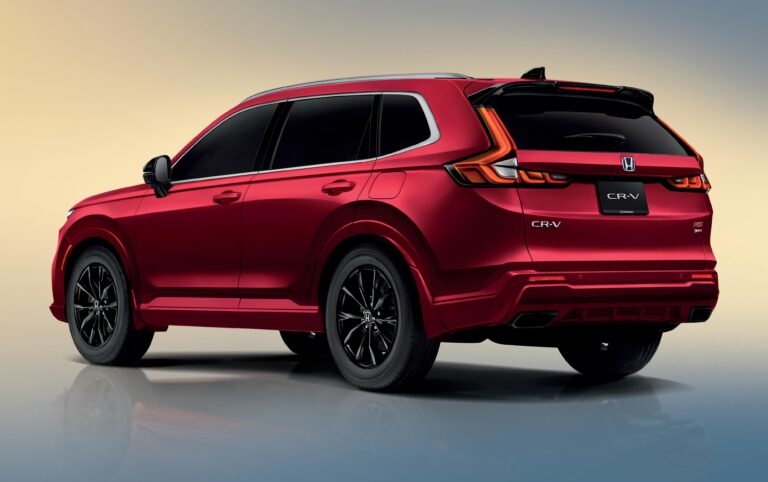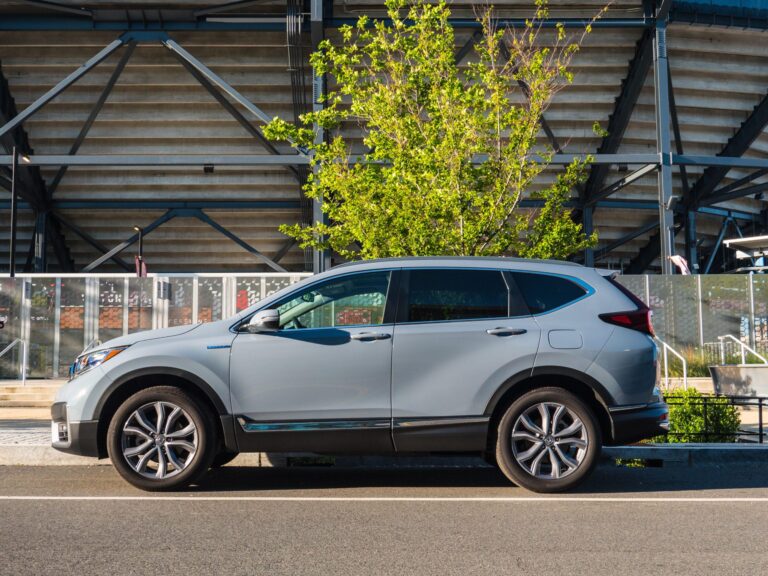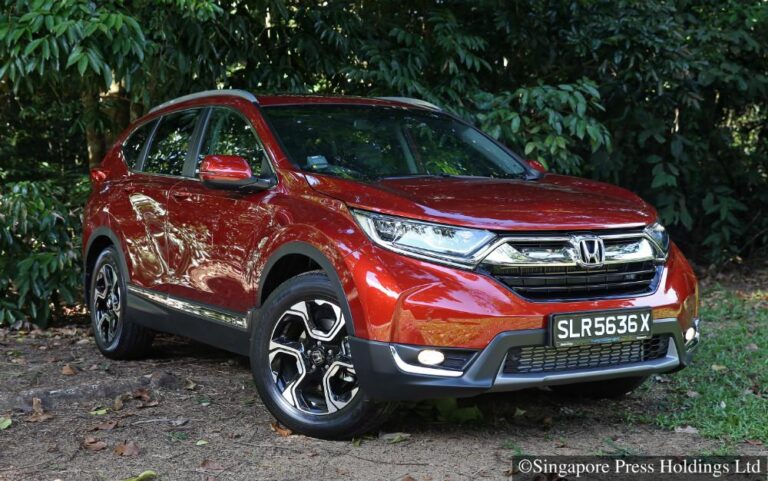Honda CR-V AWD vs. FWD
When it comes too choosing the perfect vehicle to navigate both urban streets and winding country roads, the Honda CR-V often stands out as a top contender. Renowned for it’s reliability, spaciousness, and fuel efficiency, this compact SUV caters to a diverse range of drivers.However, for those in the market for a new CR-V, a critical decision looms: should you opt for all-wheel drive (AWD) or front-wheel drive (FWD)? Each configuration offers its own set of advantages and considerations, shaping not just the driving experience but also how well the vehicle responds to various road conditions and lifestyles. In this article, we’ll dive deep into the nuances of Honda CR-V AWD versus FWD, exploring their differing capabilities, performance metrics, and ideal use cases, helping you make an informed choice that aligns with your driving needs and personal preferences.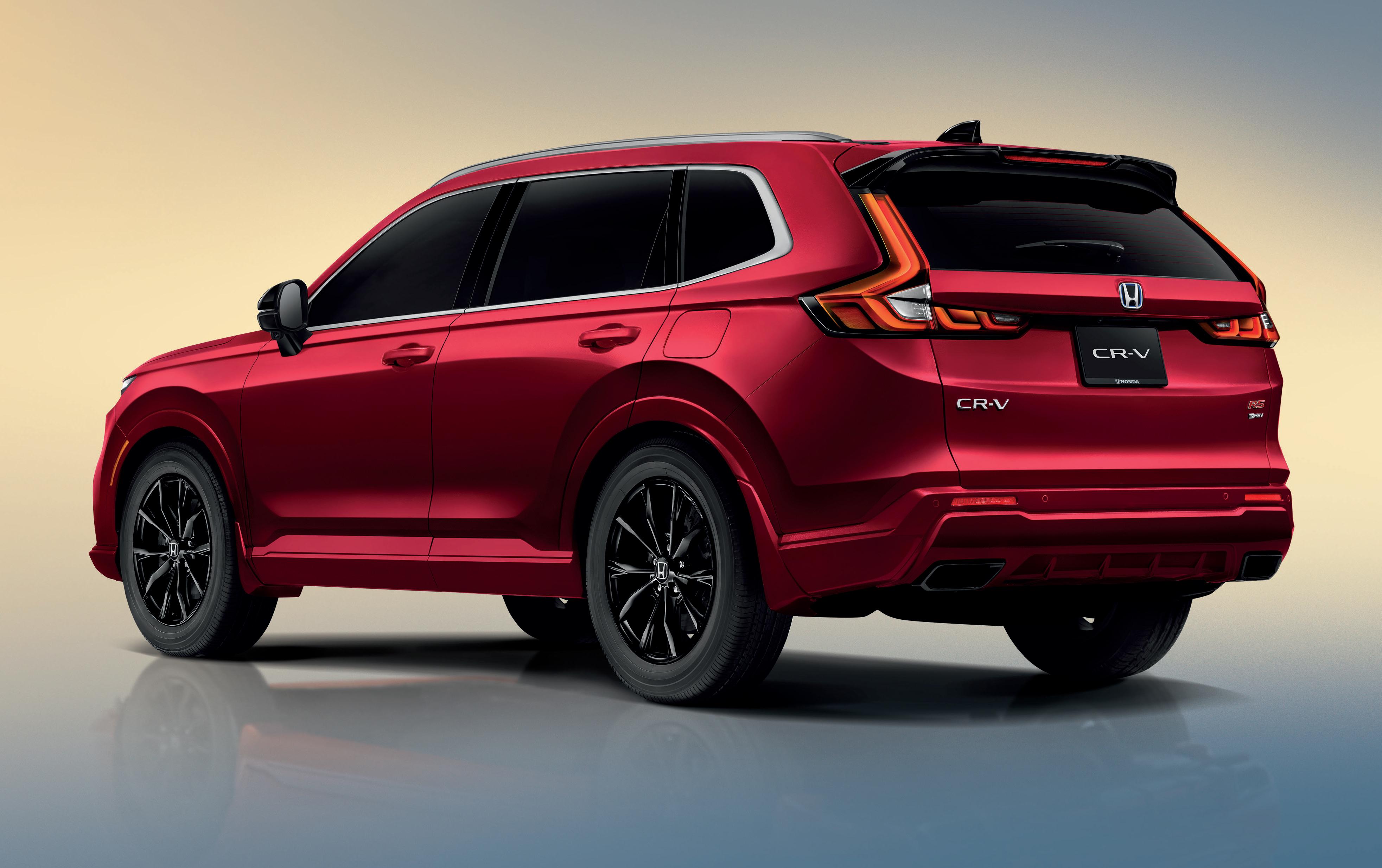
Exploring the drive Dynamics of Honda CR-V AWD and FWD
The Honda CR-V offers two distinct drivetrains: All-Wheel Drive (AWD) and Front-Wheel Drive (FWD),each characterized by unique performance features that cater to different driving preferences and conditions. The AWD system is designed to provide optimal traction and control on various terrains, making it a suitable choice for drivers frequently navigating through challenging weather or off-road conditions. It automatically distributes power between the front and rear wheels, enhancing stability during acceleration and cornering. Meanwhile, the FWD variant focuses on efficiency and reliability, delivering solid handling on city roads with a reduced weight that often results in improved fuel economy.
When comparing the driving dynamics of both options, several factors come into play: performance, handling, and overall driving experience. As an example, while the AWD system excels in slippery conditions, the FWD model typically offers easier maneuverability and lighter steering feedback, which can be beneficial for urban driving. Here’s a quick rundown of the characteristics:
| Feature | AWD | FWD |
|---|---|---|
| Traction Control | Excellent in wet/snowy conditions | Good in dry conditions |
| Fuel Efficiency | Generally lower | Generally higher |
| Weight | Heavier due to additional components | Lighter, enhancing agility |
Ultimately, the decision between AWD and FWD in the Honda CR-V comes down to individual lifestyle needs and preferences. Weather you prioritize the confident grip of AWD for diverse terrains or the economical simplicity of FWD for day-to-day travel,Honda ensures that both options deliver quality performance and reliability,backed by years of engineering excellence.

Navigating Weather Conditions: The Superiority of All-Wheel Drive
When it comes to tackling unpredictable weather conditions, the benefits of all-wheel drive (AWD) systems become promptly apparent. The Honda CR-V, equipped with AWD, offers a level of traction and stability that front-wheel drive (FWD) vehicles simply cannot match under adverse circumstances. Here are some key advantages of choosing AWD:
- Enhanced Traction: All-wheel drive systems distribute power to all four wheels, allowing for better grip on slippery surfaces, whether it’s rain-soaked roads or snowy trails.
- Superior Handling: AWD provides a more even weight distribution, enhancing cornering stability and overall handling dynamics.
- Driver Confidence: Knowing your vehicle is better equipped to handle harsh conditions gives you peace of mind during inclement weather.
In contrast, FWD vehicles tend to struggle in challenging conditions, relying solely on the front wheels for power and traction. drivers may experience wheel spin during sudden accelerations or when navigating steep inclines covered in slick ice or snow. The following table outlines a comparison of the two systems in various weather scenarios:
| Weather Condition | AWD Performance | FWD Performance |
|---|---|---|
| Rain | High traction and stability | Moderate, potential for hydroplaning |
| Snow | Exceptional grip and control | Limited traction, prone to sliding |
| Mud | Keeps moving with stability | Often get stuck |
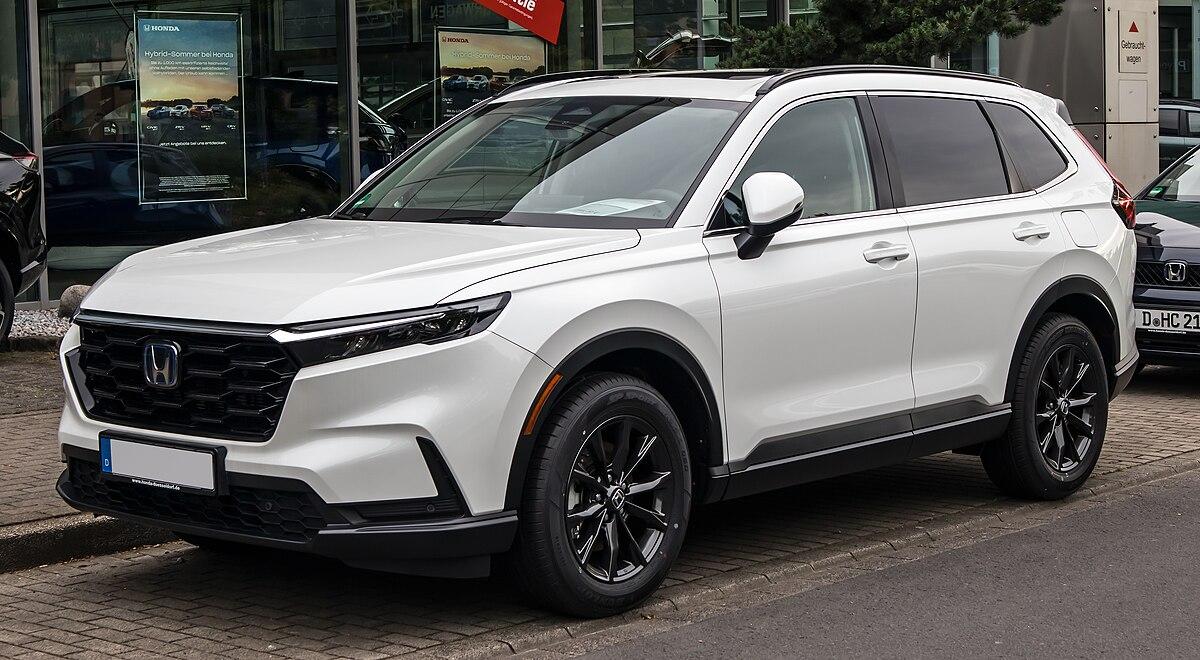
Fuel Efficiency and Financial considerations for CR-V Buyers
When deciding between the AWD and FWD versions of the Honda CR-V, fuel efficiency is a primary factor that directly impacts both environmental footprints and owners’ wallets. Generally, the FWD variant offers superior fuel economy thanks to its lighter weight and more streamlined design.Drivers can expect miles per gallon that favor operations in urban settings and long-distance trips alike. A few key advantages of choosing FWD over AWD include:
- Higher MPG ratings: Typically, FWD models boast around 1-3 mpg more than their AWD counterparts.
- Lower maintenance costs: With fewer drivetrain complexities, FWD vehicles often incur lower repair costs over time.
- Reduced initial purchase price: The FWD model usually comes at a lower base price, leaving room for added features without breaking the bank.
Conversely,AWD systems provide enhanced traction and control in adverse weather conditions,making it a worthy consideration for buyers in regions prone to rain,snow,or rugged terrain. While these benefits come at a cost, both financially and in terms of fuel consumption, many find the peace of mind worth the investment. Here’s a simple comparison illustrating the trade-offs:
| Feature | AWD | FWD |
|---|---|---|
| Fuel Efficiency | Lower MPG | Higher MPG |
| Initial Cost | Higher | Lower |
| Maintenance | Higher | Lower |
| Traction in Poor Weather | Superior | standard |

Lifestyle Needs and Practicality: Choosing your Ideal Honda CR-V Configuration
When deciding between AWD and FWD for your Honda CR-V, it’s essential to reflect on your lifestyle needs. The All-Wheel Drive (AWD) system excels in providing enhanced traction, making it ideal for those who frequently navigate through adverse weather conditions or off-road terrains. If you live in an area prone to snow, rain, or rocky paths, AWD allows for greater stability and control, ensuring a safe driving experience. Consider these lifestyle factors when evaluating AWD:
- Weather Conditions: Frequent inclement weather may benefit from the superior grip of AWD.
- Driving Habits: Off-road enthusiasts or adventurers may prefer the rugged capability that AWD offers.
- Passenger Comfort: AWD may provide greater peace of mind for families traveling in diverse environments.
On the other hand, front-Wheel Drive (FWD) provides a more economical choice without sacrificing overall efficiency. The FWD configuration is typically lighter and may contribute to better fuel economy and maneuverability for urban settings. If your daily commute mainly involves paved roads and milder climates, FWD might be the configuration that suits you best. Key considerations for FWD include:
- Budget-Pleasant: Generally offers a lower starting price and better fuel efficiency.
- Easier Maintenance: Simpler drivetrain compared to AWD can lead to lower maintenance costs.
- City Driving: Optimized for navigating urban environments and everyday driving.
Key Takeaways
the choice between the Honda CR-V AWD and FWD ultimately boils down to your individual needs and driving lifestyle. The AWD variant embraces versatility, confidently tackling rain-soaked roads, snowy drives, or off-the-beaten-path adventures. Conversely, the FWD option excels in efficiency and urban agility, making it a superb companion for city dwellers and those prioritizing fuel economy. Whichever path you choose, Honda’s CR-V promises reliability, comfort, and a driving experience that caters to a spectrum of preferences. Take the time to reflect on what matters most to you—whether it’s the thrill of dynamic handling or the ease of daily commuting—and make your decision with clarity. After all, the perfect CR-V is the one that aligns with your journey. Happy driving!

